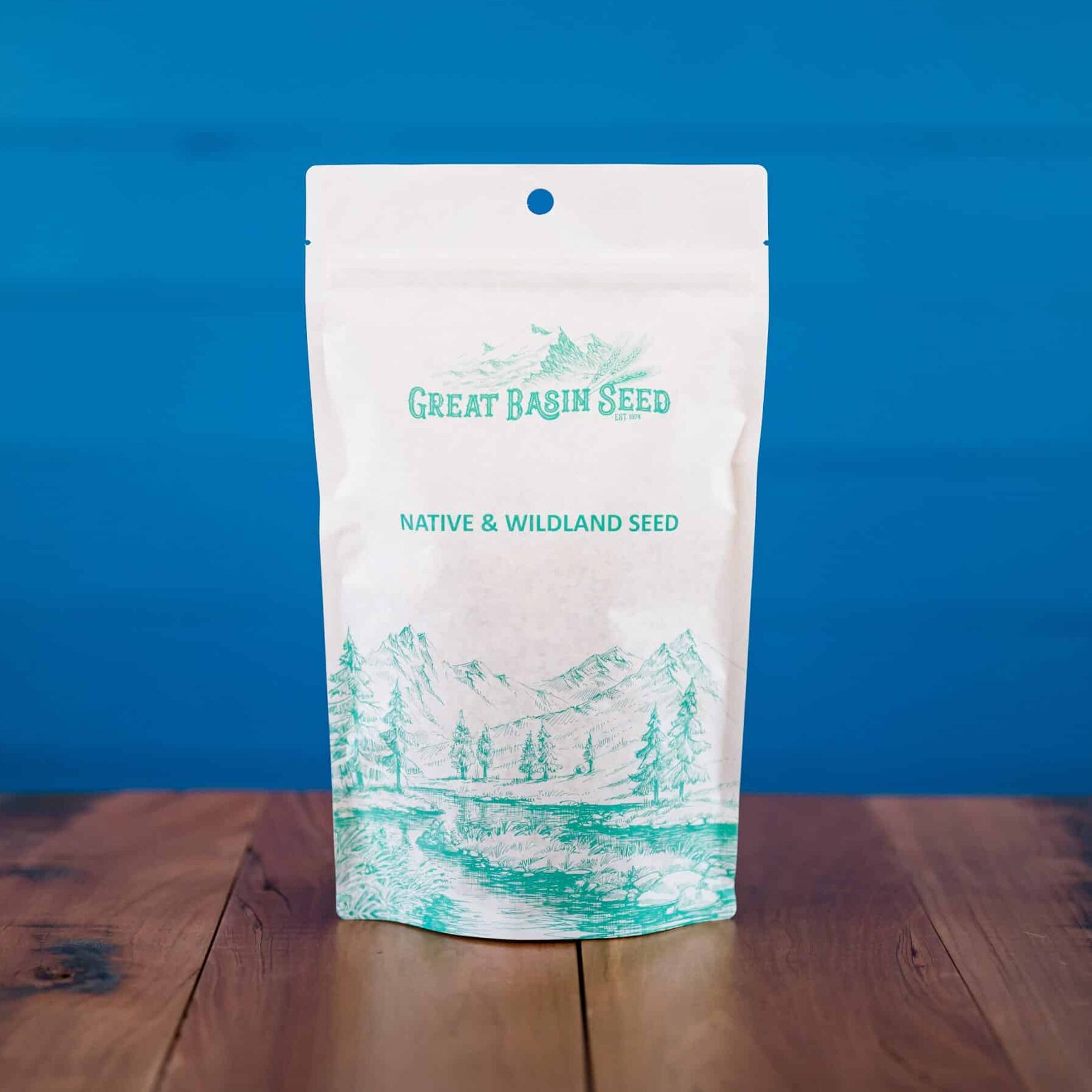Test and Experiment Page
- Very drought tolerant bunchgrass
- Will survive on 5-6″ annual precipitation
- Recommended for forage production in arid locations
- Preferred feed for livestock, and elk in spring and fall
- Excellent seedling vigor
Out of stock
Min. to Max. Annual Precipitation
32in.
Average Max. Height
A very drought tolerant bunchgrass. Will survive in areas of 5-6″ annual precipitation. One of the very best candidates for the arid lands of the West. A perennial, introduced grass.Palatable to all classes of livestock and wildlife. It is a preferred feed for cattle, sheep, horses, and elk in spring and also in the fall. Well adapted for the stabilization of disturbed soils. It competes well with other aggressive introduced plants.
Siberian Wheatgrass (Agropyron fragile) is a very drought tolerant bunchgrass similar to Standard Crested Wheatgrass but finer and more palatable. It is also more drought tolerant…it will survive in areas of 5″ annual precipitation, making it one of the very best candidates for the arid lands of the West. Siberian Wheatgrass is a “staple” species at Great Basin Seed. It is widely used and loved by those who use it.
Siberian Wheatgrass is a perennial, introduced grass. It is commonly seeded in the arid sections of the Western United States. Siberian wheatgrass is commonly recommended for forage production in arid locations. It is palatable to all classes of livestock and wildlife. It is a preferred feed for cattle, sheep, horses, and elk in spring and also in the fall if additional growth occurs from late growing season rainfall. It is considered a desirable feed for deer and antelope in spring and again in fall, if additional growth occurs. It is generally not recommended in areas with more than 14 inches of annual rainfall because better alternative forage species are available.
Siberian wheatgrass is well adapted for the stabilization of disturbed soils. It competes well with other aggressive introduced plants during the establishment period. Siberian wheatgrass is generally less desirable in mixes with native species because it is competitive and can out-compete slower developing native species.
Its drought tolerance, fibrous root system, and excellent seedling vigor make Siberian wheatgrass ideal for reclamation in areas receiving 8 inches or more annual precipitation. This grass can be used in urban areas where irrigation water is limited to provide ground cover, weed control and to stabilize ditch banks, dikes, pipelines, power lines, and roadsides. In revegitative projects, Siberian Wheatgrass has gained favor over other species of wheatgrass.
Where it is planted as a monoculture, the resulting biodiversity is lower than that found in a diverse seeded or native plant community.
Also known as Agropyron sibericum and Agropyron fragile
***Click on the “Quick Plant Facts” tab above for more information.
Siberian Wheatgrass NRCS Plant Fact Sheet
Siberian Wheatgrass NRCS Plant Fact Sheet
PDF version of NRCS Plant Guide & Fact Sheet
Prepared By & Species Coordinator: Dan Ogle, Plant Materials Specialist USDA NRCS Idaho State Office, Boise, Idaho
Helpful Links
Additional information about this product can be found on the academic websites linked below.
Synonyms
Many plants have more than one common and scientific name. We've listed a few of them below.
- Siberian Wheatgrass
- Agropyron fragile
- Fairway Wheatgrass
- Crested Wheatgrass
Who is Great Basin Seed?
Great Basin Seed is a seed company that specializes in seed sales and consultation for home, ranch, farm, range and reclamation. We have been a leader in the seed industry since 1974.
Our History
We've been in the seed business since 1974.
What We Offer
We offer seed for home, farm, ranch, range and reclamation projects.
Meet the Gang
We have the best employees in the world! We are proud of the work they do, and trust them to serve you!
Right: Company founder Lloyd and his wife Paula Stevens in a wildflower seed production field circa 1977
Quick Plant Facts
| Common Name: | Siberian Wheatgrass |
|---|---|
| Scientific Name: | |
| Old Scientific Name: | |
| Lifespan: | |
| Origin: | |
| Plant Type: | |
| Growth Height: | |
| Root Form: | Bunchgrass with Fibrous roots |
| Sowing Rate: | 15-20 lbs. per acre as a stand-alone planting |
| Min. Precipitation: | 6 Inches Minimum |
| Best SowingTime: | Fall |
| Max Sowing Depth: | |
| Growth Season: | |
| Available Varieties: | |
| Hardiness Zones: | |
| Seeds per Pound: |

















